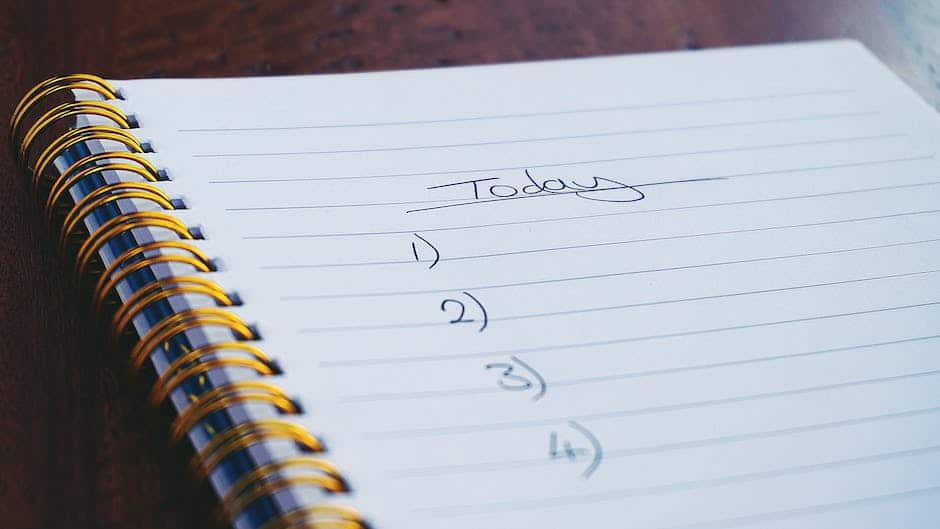
Buying a home is a significant milestone in anyone’s life, especially for first-time homebuyers. A homebuyer’s checklist is an essential tool that can help you navigate the complex purchasing process.
This comprehensive guide will discuss the importance of having a homebuyer’s checklist, provide valuable insights for real estate investors, homeowners, first-time home buyers, and agents, and offer practical tips on creating your own checklist.
What is a Homebuyer’s Checklist?
A homebuyer’s checklist is a detailed list of tasks, considerations, and steps to take when purchasing a property. It serves as a roadmap for buyers, helping them stay organized and focused throughout the home-buying process. The checklist can include items such as budgeting, researching neighborhoods, securing financing, and conducting home inspections.
Why is a Homebuyer’s Checklist Important?
Having a homebuyer’s checklist is crucial for several reasons:
- Organization: The home buying process can be overwhelming, with numerous tasks to complete and deadlines to meet. A checklist helps you stay organized and ensures that you don’t miss any critical steps.
- Time management: A well-structured checklist can help you prioritize tasks and allocate your time effectively, ensuring that you meet all necessary deadlines.
- Reduced stress: By breaking down the home buying process into manageable tasks, a checklist can help alleviate stress and make the experience more enjoyable.
- Better decision-making: A comprehensive checklist can help you make informed decisions by providing a clear overview of all the factors to consider when purchasing a property.
- Financial planning: A checklist can help you budget for the various expenses associated with buying a home, such as closing costs, moving expenses, and home repairs.
Key Components of a Homebuyer’s Checklist
A comprehensive homebuyer’s checklist should include the following components:
- Budgeting: Determine how much you can afford to spend on a home, considering your income, savings, and existing debts.
- Research: Investigate neighborhoods, schools, and local amenities to find the perfect location for your new home.
- Financing: Secure pre-approval for a mortgage, compare loan options, and gather all necessary documentation for your mortgage application.
- Home search: Create a list of must-have features and deal-breakers, attend open houses, and work with a real estate agent to find potential properties.
- Offers and negotiations: Make an offer on a property, negotiate with the seller, and sign a purchase agreement.
- Inspections and appraisals: Schedule a home inspection, review the inspection report, and ensure that the property is appraised at a fair market value.
- Closing: Review closing documents, transfer funds, and finalize the purchase of your new home.
Benefits of a Homebuyer’s Checklist for Different Stakeholders
A homebuyer’s checklist offers numerous benefits for various stakeholders in the real estate industry:
- Real estate investors: A checklist can help investors stay organized and focused on their investment goals, ensuring that they make informed decisions and maximize their return on investment.
- Homeowners: For homeowners looking to sell their property, a buyer’s checklist can provide valuable insights into what potential buyers are looking for, helping them make necessary improvements to attract more offers.
- First-time homebuyers: A checklist can be particularly beneficial for first-time homebuyers, who may be unfamiliar with the home buying process. It can help them stay organized, manage their time effectively, and make informed decisions.
- Real estate agents: A homebuyer’s checklist can serve as a valuable resource for real estate agents, helping them guide their clients through the home-buying process and ensuring that they provide the best possible service.
Creating Your Own Homebuyer’s Checklist
When creating your own homebuyer’s checklist, consider the following tips:
- Customize it: Tailor your checklist to your specific needs and preferences, taking into account factors such as your budget, desired location, and must-have features.
- Stay flexible: Be prepared to adjust your checklist as you progress through the home-buying process, as new information and considerations may arise.
- Keep it accessible: Store your checklist in a format that is easily accessible, such as a digital document or a mobile app, so you can refer to it and update it as needed.
- Collaborate: If you’re working with a real estate agent, share your checklist with them to ensure that you’re both on the same Page and working towards the same goals.
Conclusion
In conclusion, a homebuyer’s checklist is an invaluable tool for anyone looking to purchase a property. It helps you stay organized, manage your time effectively, and make informed decisions throughout the home-buying process. By creating a comprehensive checklist tailored to your specific needs, you can ensure a smoother, less stressful, and more successful home-buying experience.